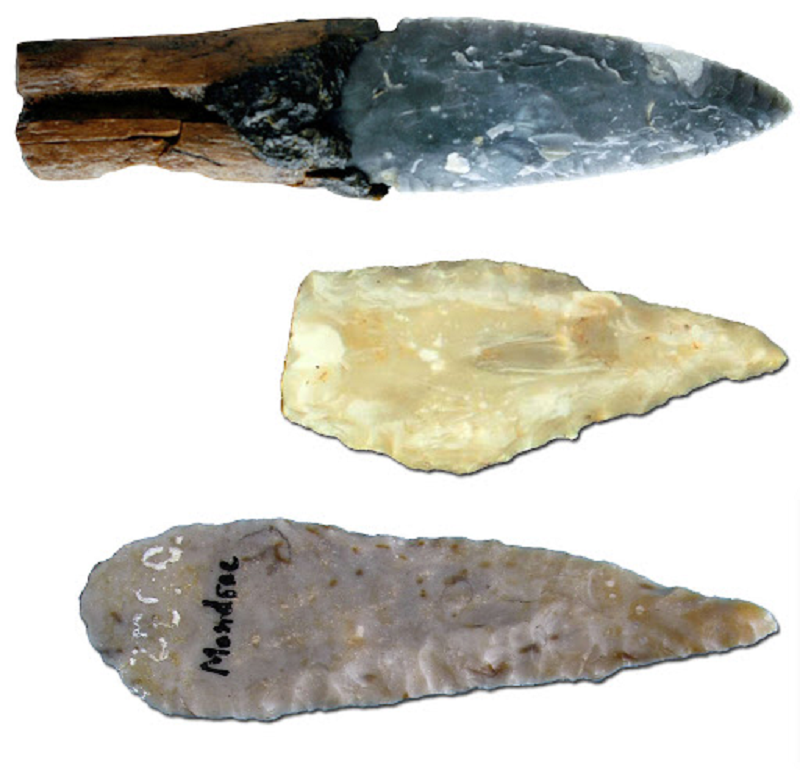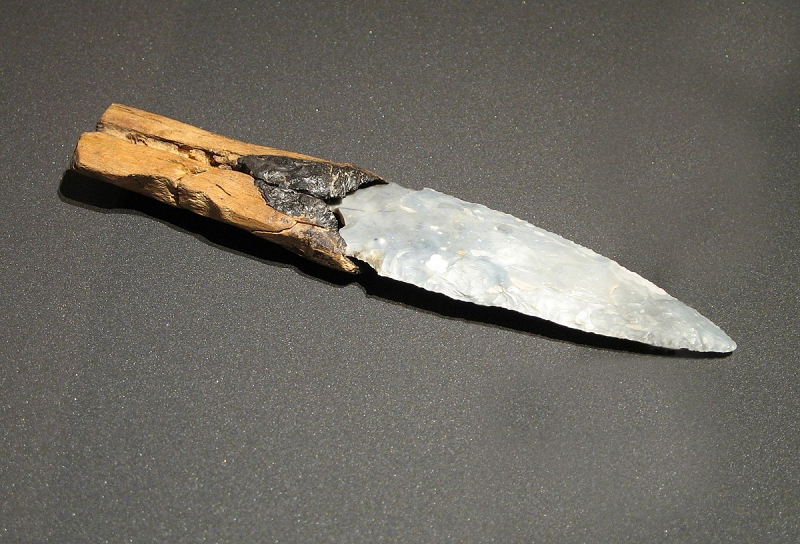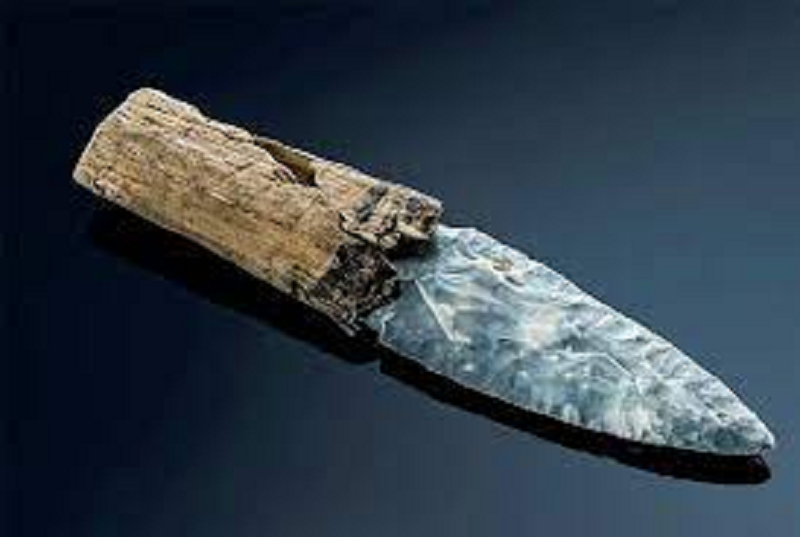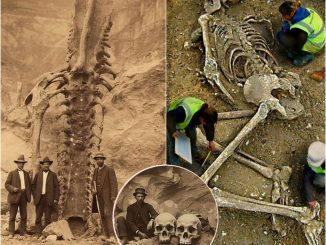In the annals of history, the allure of ancient artifacts continues to captivate our imagination, offering glimpses into the lives and cultures of our ancestors. Recently, a remarkable archaeological find has emerged from the depths of time, shedding light on the Neolithic era in southwestern Germany. Discovered in Allensbach, nestled along the serene shores of Lake Constance, a well-preserved Neolithic dagger has emerged, dating back to the period between 2900 and 2800 BC. This intriguing artifact not only showcases the ingenuity of our forebears but also provides valuable insights into their craftsmanship, technologies, and cultural practices.

Unraveling the Mystery
The unearthing of this Neolithic dagger represents a significant milestone in archaeological exploration. Its discovery offers a rare glimpse into the lives of the people who inhabited this region over five millennia ago. Crafted with precision and care, the dagger’s blade, fashioned from flintstone, speaks volumes about the resourcefulness of its makers. Flint, abundant in the surrounding landscapes, served as a primary material for toolmaking during the Neolithic period, owing to its sharp edges and durability.

A Testament to Skill and Innovation
What makes this discovery truly remarkable is the meticulous craftsmanship evident in every facet of the dagger’s design. The blade, seamlessly attached to an elderberry wood handle, showcases the technical prowess of Neolithic artisans. However, it is the adhesive used in this construction that truly sets it apart. Birch tar, a substance derived from the bark of birch trees, served as a natural adhesive, binding the flint blade to its wooden counterpart with remarkable strength and resilience. This innovative use of materials highlights the adaptability and ingenuity of Neolithic communities, who leveraged the resources available to them to create tools of exceptional quality and durability.

Insights into Neolithic Life
Beyond its material composition, the Neolithic dagger offers valuable insights into the cultural practices and societal structures of the era. In a time marked by the transition from hunter-gatherer societies to early agricultural communities, tools like the dagger played a pivotal role in everyday life. From hunting and butchering game to clearing land and crafting goods, these implements were indispensable to the survival and prosperity of Neolithic peoples. Moreover, the craftsmanship and symbolism associated with such artifacts may have held deeper significance within the social and ritualistic frameworks of ancient communities.

Preserving the Past for the Future
As custodians of our collective heritage, it is incumbent upon us to safeguard and preserve artifacts like the Neolithic dagger for future generations. Through meticulous excavation, documentation, and conservation efforts, archaeologists strive to unravel the mysteries of our past and preserve the cultural legacy of our ancestors. Moreover, initiatives aimed at public engagement and education play a crucial role in fostering appreciation for archaeology and heritage conservation, ensuring that these ancient treasures continue to inspire and enrich our lives for generations to come.

Conclusion
The discovery of the Neolithic dagger in Allensbach stands as a testament to the resilience, creativity, and ingenuity of our ancient predecessors. Crafted with skill and precision, this artifact offers a window into the lives and cultures of Neolithic communities in southwestern Germany, showcasing their mastery of materials, techniques, and technologies. As we continue to unravel the mysteries of our past, let us remember the importance of preserving and protecting our cultural heritage, ensuring that these ancient treasures endure as symbols of human achievement and resilience for generations to come.


